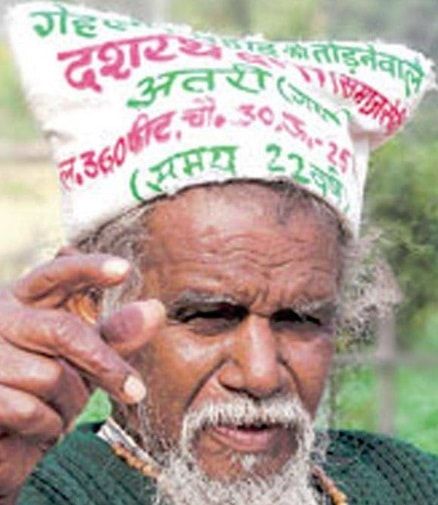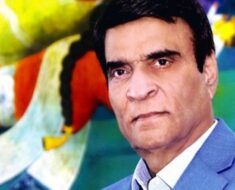Dashrath Manjhi’s incredible story is one of unwavering dedication and love. His actions transcended the ordinary, leaving a lasting impact on his community and inspiring generations.
Wiki/Biography
Dashrath Manjhi, born on January 14, 1929, into a Musahar family in Gehlaur village, Gaya district, Bihar, British India, lived a life marked by poverty and social injustice. He belonged to a Scheduled Caste, facing frequent harassment from the village’s upper castes. His family life, though filled with hardship, was deeply rooted in love and devotion to his wife, Falguni Devi.
Family
While details about his parents remain scarce, his love for Falguni Devi is central to his life story. They had two children, a son, Bhagirath Manjhi, and a daughter. He also had one brother. The family faced immense difficulties due to their caste and economic status.
Story
Dashrath Manjhi’s love story with Falguni Devi began after he returned to his village from seven years of work in Dhanbad. Despite opposition from her father, they eloped and built a life together. Tragedy struck when Falguni Devi suffered fatal injuries after falling while taking food to her husband. The inaccessibility of the nearby town due to the intervening mountain resulted in a delay in treatment, ultimately leading to her death. This loss ignited in Dashrath Manjhi an unwavering resolve.
His determination to create a path through the mountain began in 1960. Initially met with ridicule, he persevered, receiving assistance from individuals like Shivu Mishtri, who provided him with tools. His efforts to gain government support, including a journey to Delhi to meet Prime Minister Indira Gandhi, despite facing setbacks, showcased his resilience.
For 22 years, he tirelessly worked, eventually carving a 360-foot-long, 30-foot-high, and 25-foot-wide path. This remarkable feat shortened the distance between Atri and Wazirganj blocks of Gaya district from 55 km to a mere 15 km, significantly improving the lives of his community.
Death
Dashrath Manjhi passed away on August 17, 2007, at AIIMS hospital in New Delhi, at the age of 78, due to gall bladder cancer. The Bihar government honored him with a state funeral, recognizing his extraordinary contribution.
Facts
Dashrath Manjhi’s legacy continues to inspire. Here are some key facts:
- Nominated for the Padma Shri award in 2006.
- His path was eventually paved by the government after his death.
- Received a gracious gesture from CM Nitish Kumar during a visit to the CM House.
- Featured on Satyameva Jayate, hosted by Aamir Khan, who pledged financial aid to his family.
- His life story was immortalized in the 2015 biopic, “Manjhi – The Mountain Man.”
- Honored with a postal stamp in 2016 and a statue inaugurated by CM Nitish Kumar in 2017.
Dashrath Manjhi’s Impact: A Summary
| Aspect | Impact |
|---|---|
| Distance Reduction | Reduced travel distance between Atri and Wazirganj from 55km to 15km. |
| Accessibility | Improved access to healthcare and essential services for the villagers. |
| Community Development | Showcased the power of community spirit and collective action. |
| Social Change | Inspired positive social change and challenged social barriers. |
| National Recognition | Achieved national recognition for his tireless work and dedication. |
“`







